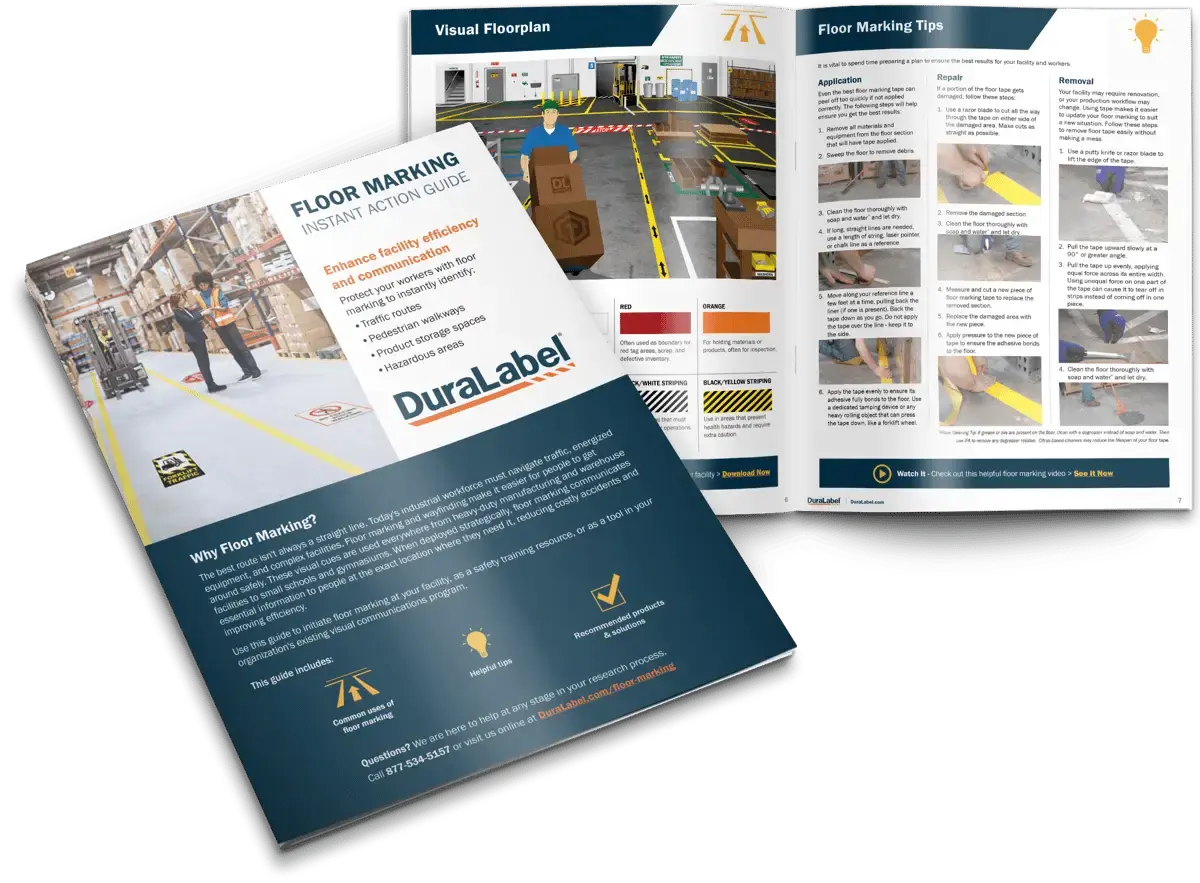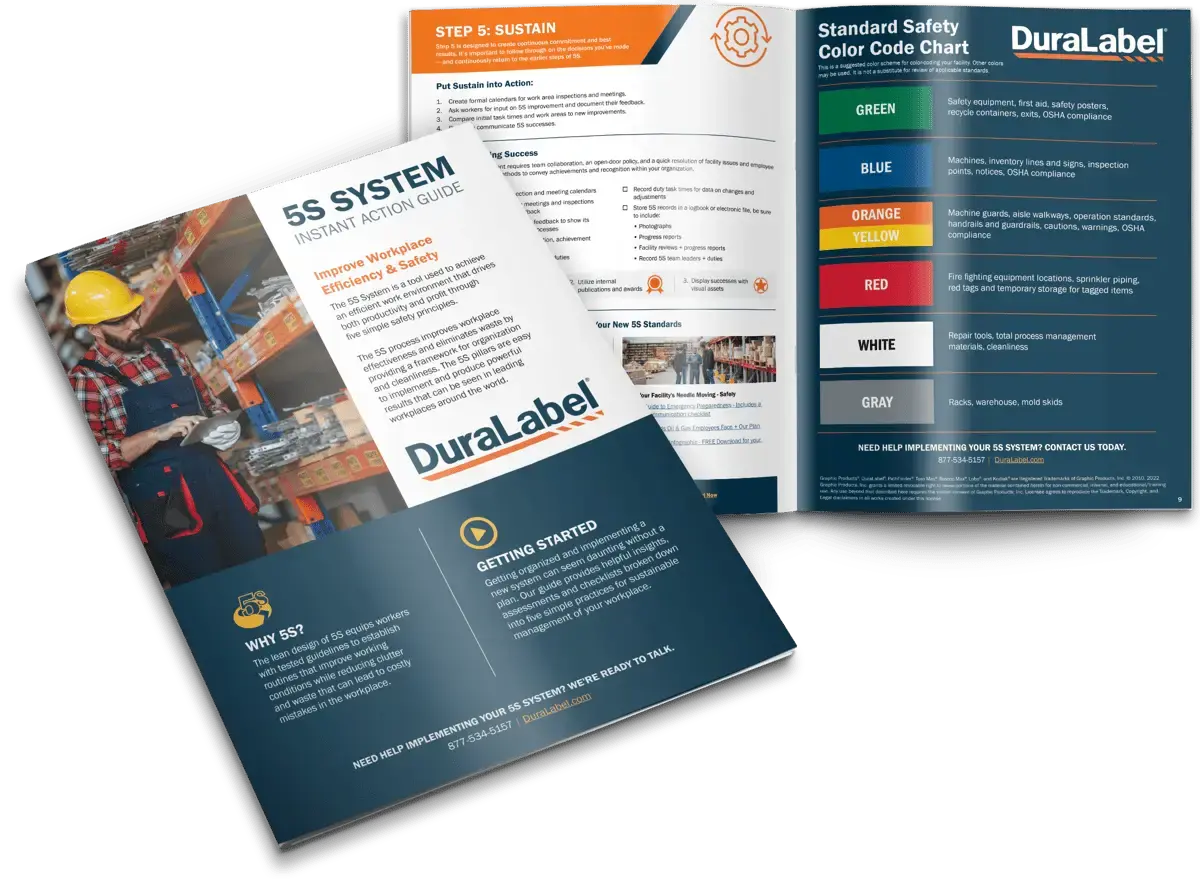Lean manufacturing-often simply "lean," for short-has exploded in recent years as companies worldwide work to improve efficiency, increase profits, and create a safer work environment. Here are some of the most popular tools-and how companies have used them effectively throughout their facilities.
.png)
.webp)



%20(1)%20(1).webp)
%20(1)%20(1).webp)
%20(1).webp)


